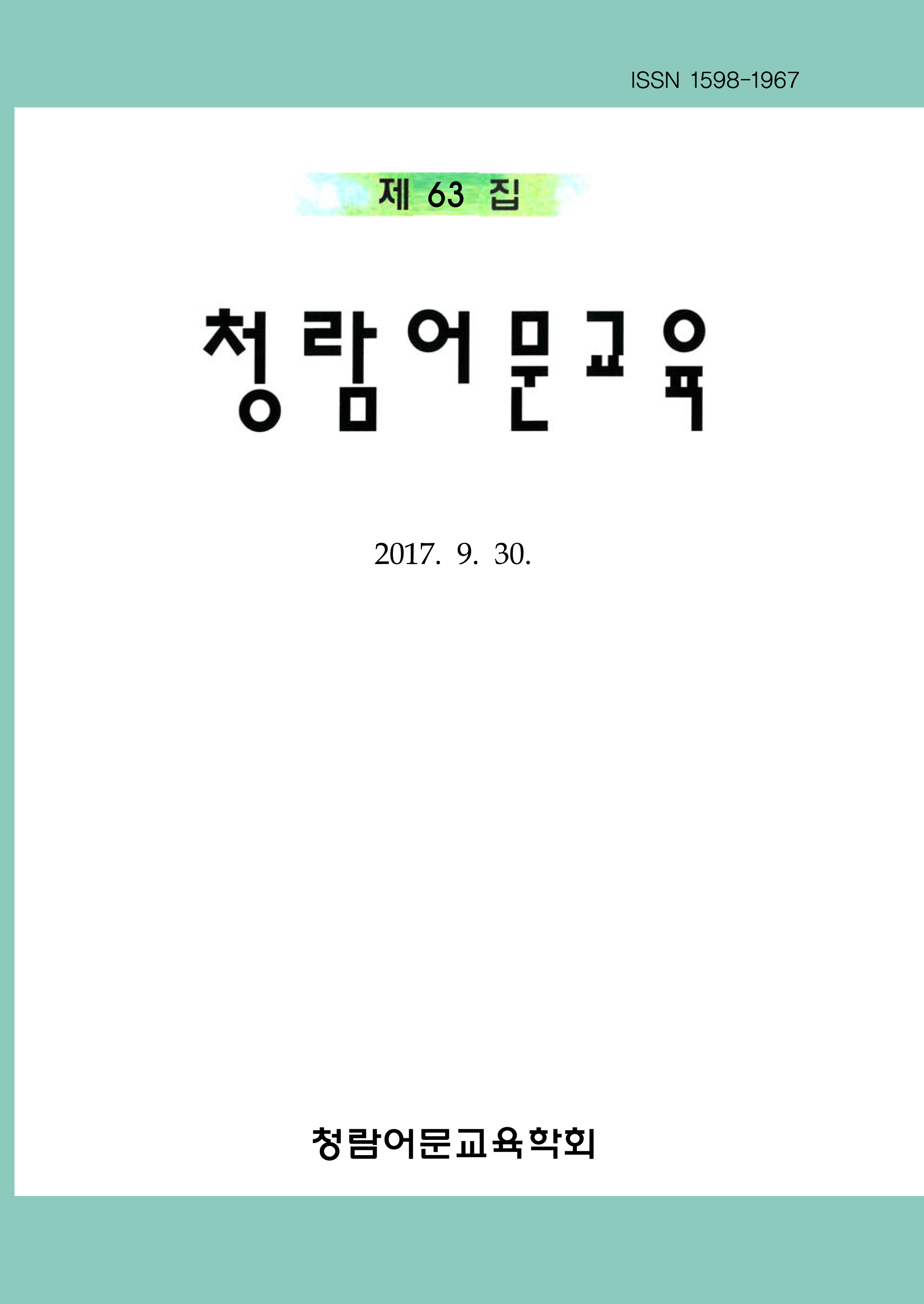본고는 2018년 대학수학능력 모의평가의 국어영역 독서 평가 15문항에 대하여 일반계 고등학교 928명의 학생의 문항 응답 결과를 토대로 독서 평가 문항의 인지요소를 규명하고, 문항과 인지요소의 관계인 Q 행렬의 타당화 결과를 제시하였다.
이를 위해 일반계 고등학생 13명의 사후 사고구술 프로토콜 분석을 토대로 한 문항 풀이 과정에 대한 인지 과정을 분석하였고, 내용 전문가인 교사 12명의 문항 과제 분석을 토대로 독서 평가 15 문항에서 요구되는 인지요소를 확인하고, 인지요소를 규명하였다. 규명된 인지요소를 토대로 Q 행렬 타당화를 위해 통계적 분석을 실시하였다.
그 결과 자카드 계수를 통해 중복되는 인지요소가 존재하지 않음을 확인하였고, 다중회귀분석을 통해 삭제가 요구되는 인지요소가 없음을 확인하였다. 이를 통해 최종적으로 인지진단 모형 중, Fusion 모형을 활용하여 문항 모수 추정을 통해 Q 행렬의 타당성을 확보하였다. 이 결과를 토대로 대학수학능력 시험에서 독서 평가 문항의 학생 정답 여부 정보를 통해 학생의 인지요소 프로파일 분석을 통해 성취 수준에 대한 타당한 정보 제공의 가능성을 확보하였다.
The purpose of this study is to validate the Q matrix of reading assessment items in College Scholastic Ability Test of the Korean language area Using Cognitive Diagnostic Model. Based on the student 's item response results, the cognitive attribute of the reading evaluation items were identified and the validity of the Q matrix, which is the relationship between the items and the cognitive elements, was presented. The study was conducted based on the results of the item responses of 928 students in the high school on the 15 items of reading assessment.
For this purpose, we analyzed the cognitive process of the solution of the question. Based on the analysis of the question items of 12 teachers who are experts in contents and the analysis of oral communication protocol of 13 high school students. Statistical analysis was performed to validate the Q matrix based on the identified cognitive attribute. Finally, the validity of the Q matrix was obtained by using the Fusion model among the Cognitive Diagnostic Model.


